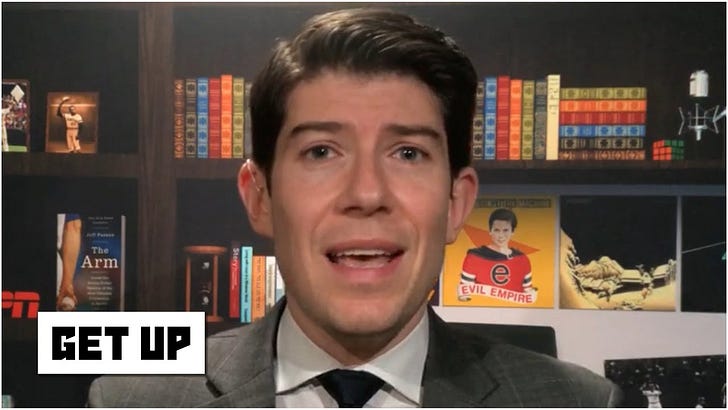I’m not for the owner’s leaked position of a 50-game season with an expanded playoffs. That said, it’s an interesting jumping-off point for a thought experiment. How does it change how a team should deploy its resources in a shortened season?
First, let’s discuss how ludicrous this short a season would be. Essentially, it becomes a seeding for the playoffs and if that’s the case, just go ahead and do some sort of extended tournament.
Second, we don’t know how a roster will be constructed given the lack of minor leagues or even available replacements. That makes preventing injuries even more important. Losing a pitcher to the DL could lose a quarter of the season with even a minor injury.
Fifty games means a standard five-man rotation is going to give each pitcher ten starts. That means it’s very likely we’re going to see a six or seven win pitcher (real wins, not WAR value) winning the Cy Young. Let’s assume that there won’t be doubleheaders and that we don’t see a significant “seen that” effect if teams play a limited number of opponents.
Let’s take a look at what that means for a team. I’ll select the Pirates, since they just lost Chris Archer for the season to thoracic outlet syndrome. We’ll be able to look at it both ways to assess the value of injury and of dumping the standard alignment.
Right now, the Pirates rotation would be Archer (injured), Jameson Taillon (injured), Joe Musgrove, Mitch Keller, Trevor Williams, Derek Holland, and Chad Kuhl. Taillon is just eight months post Tommy John and would be an interesting case for a modified rehab, but let’s assume Pittsburgh won’t try that. Instead we get a projected* drop from Archer’s 3.0 WAR to Kuhl’s 1.1.
With Musgrove at a 2.8 WAR, Keller at 2.3, Williams at 1.5, and Holland at 0.4, there’s a unique opportunity here for this kind of rotation. Let’s assume Holland and Kuhl will both be needed - Holland with his age, Kuhl coming off surgery - and combine them into one, whether that’s a one-then-the-other or some kind of tandem.
That means the loss of Archer is likely more than two wins in a full season and around 3/4 of a win in a 50-game-a-palooza. Instead, drop that fifth altogether and work to give Musgrover and Keller more opportunities. Let’s assume that full season number is for 30 starts, which equals 0.093 per start. In ten starts, Keller would be worth just shy of a win, while three extra starts buys the team another quarter of a win. That could be a lot in a compressed schedule.
Any team with more than a two-win gap between the top and bottom pitcher should consider at least a five-man skip rotation. A four-man skip rotation could be even better, but would take very intentional innings limits and an extended bullpen. Even a single injury to a starter would almost wipe out any gain for this, so I would be hard pressed to plan it out that way. A pure four man versus a five-man with a two-win gap is likely to be about three wins over fifty games, which is basically giving a team an MVP caliber player over a short period of time. (Mike Trout was worth 8.9 WAR last season, for comparison.)
Is there an easier way to get an advantage this big? Not that I’m aware of. Is there any reason not to do this, absent having a five-man rotation of all good players? Only if there’s known health issues at the top of the rotation, like the Dodgers knowing that Clayton Kershaw’s back needs the full four days between starts. (That’s an example - I do not know if it is the case.) That’s not to say this is the only or even best way. It’s just the simplest.
*All projections are made using full-season numbers from STEAMER via FanGraphs.




